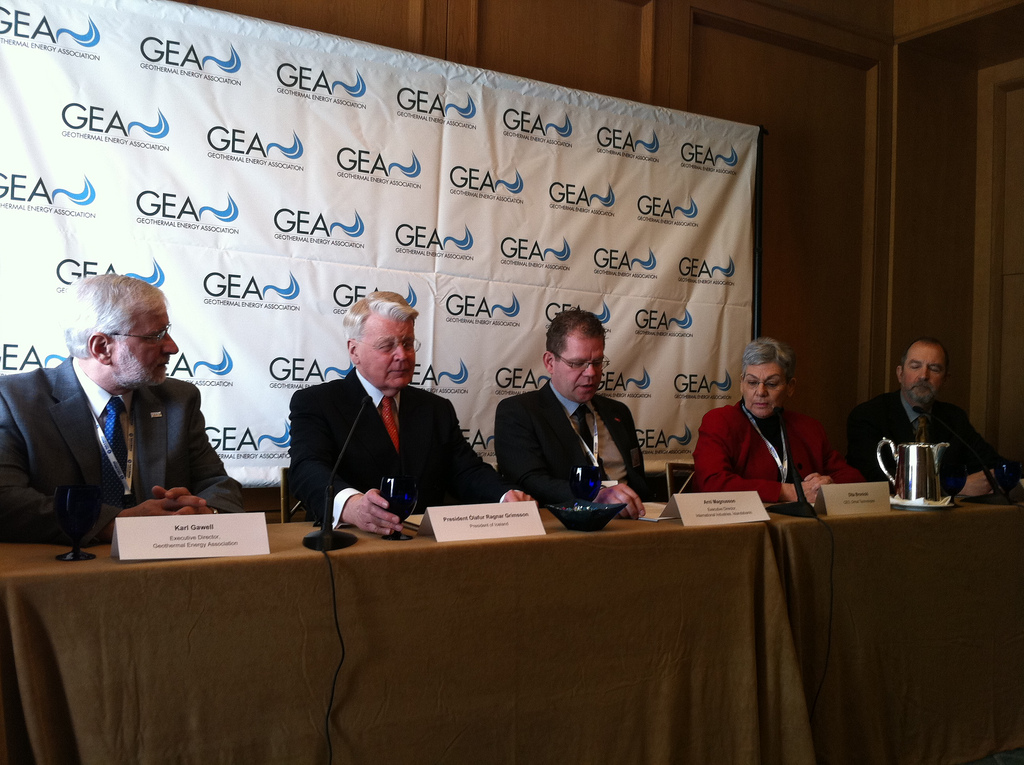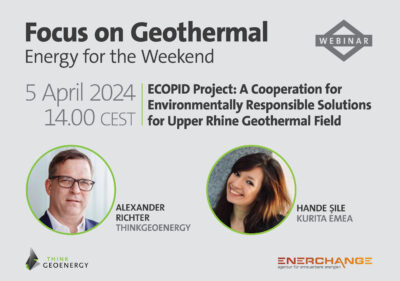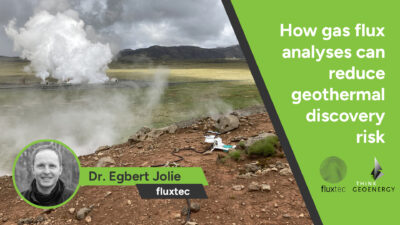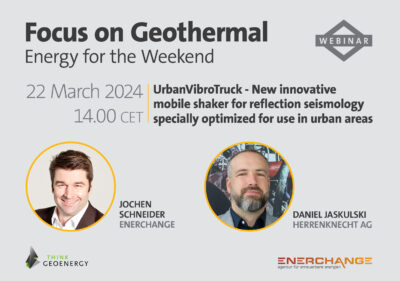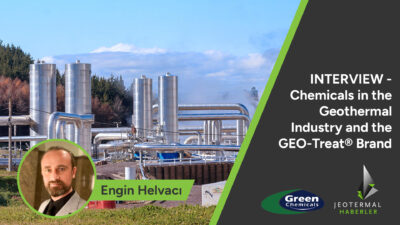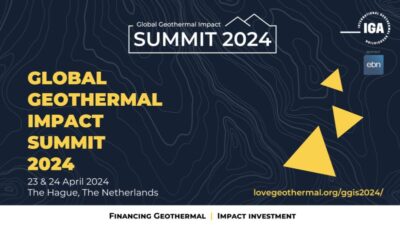US Geothermal development reaches new peak with 146 projects in development
In its annual update on the geothermal energy industry in the United States, the U.S. Geothermal Energy Association (GEA) says that geothermal energy is spreading throughout the United States, with today 146 projects being developed across 15 states, an increase of 12 percent over last year.
In its annual update on the geothermal energy industry in the United States, the country’s Geothermal Energy Association (GEA) says that geothermal energy is spreading throughout the United States. Today geothermal power is generated in nine states and there are 146 projects being developed across 15 states. Over last year’s number the total number of projects and prospects have increased by 12 percent.
GEA issued today its “Annual GEA U.S. Geothermal Power Production and Development Report”, which is available for download on www.geo-energy.org
“The United States ranks No. 1 in geothermal energy production and continues to be one of the leading countries in geothermal growth. The total installed capacity of the U.S. is approximately 3,102 MW, enough to power over 2 million homes — or the residential populations of San Francisco, Portland and Seattle combined. Currently, geothermal electric power generation is occurring in nine U.S. states, including: Alaska, California, Hawaii, Idaho, Nevada, New Mexico, Oregon, Utah and Wyoming. Bringing the geothermal resource capacity GEA identifies on-line would triple U.S. geothermal power production.
“The geothermal industry has an exciting year ahead, as there are numerous projects switching from development phases to full-fledged geothermal power plants,” said GEA Executive Director Karl Gawell. “And a second wave of development is on its way. This report reveals that many projects are entering the drilling and production phase, which is where the majority of geothermal job creation is.”
As the majority of the industry remains concentrated in the western U.S., pilot projects are beginning to show development potential further east. New projects are focusing on generating geothermal electricity from low temperature fluids left over as a byproduct from oil and gas production and harnessing electricity from geothermal fluids under high geological pressure along the Gulf of Mexico.
“We are building new plants in places that have never had geothermal power before, giving people in these states the clean and renewable power we need,” said Gawell.
Many projects currently undergoing advanced stages of production are located in Nevada and California, with additional projects nearing construction in Oregon, New Mexico, Idaho, and Hawaii, Alaska, Louisiana and Mississippi.
“While the government incentive programs may have given the geothermal space a lift in terms of initiating new activity, it’s going to take additional support from Private Investment that will fuel the majority of the growth in years to come,” said Saf Dhillon, Investor Relations, U.S. Geothermal Inc.
While the number of states with geothermal installed capacity and projects in development is significant, the reach of the geothermal industry is even more extensive. A total of 43 states have companies involved in geothermal development operations.
For the first time, the Annual GEA U.S. Geothermal Power Production and Development Report was produced under a reporting system known as the Geothermal Reporting Terms and Definitions in order to increase the accuracy and value of the information presented. The Geothermal Reporting Terms and Definitions act as a guideline to project developers in reporting geothermal project development information to the GEA.
“The new system increases the precision of our reports,” said GEA Research Associate Dan Jennejohn. “By providing the industry and public with a lexicon of definitions and a guideline to determine phases of development, we can better asses a geothermal project’s position in the development timeline.”
The full report can be accessed at www.geo-energy.org.
Source: Release by GEA by e-mail
